

Heart of Yoga has offered the following teaching standards for widespread adoption. Here you will find the standards word-for-word, followed by a resource section where we’ve pulled the standards apart by subject, adding commentary and resources to support a thorough review.
After taking a clear-eyed look at where the field of yoga teaching is now in terms of governance and standards, we can more effectively evaluate what is needed and how we each wish to respond.
We agree with the spirit, intention and recommendations in these standards (detailed below).
In addition to the standards below, we offer Minimum Knowledge Standards for yoga teachers — specific standards that can be methodically learned at your own pace.
Introduction to the Proposed Standards
It is our intention that the education standards outlined here will be adopted by all sincere Yoga teachers and institutions. There is no doubt that actual Yoga is extremely helpful to our lives. But it must include the principles of breath, bandha, etc that make it actually Yoga. There must be an education to do this. The attempt to create safety standards without understanding the systemic flaws is fruitless, and the hidden hierarchy of the teacher as the ‘knower’ and the student as the one trying to ‘know’, must be eliminated for Yoga to start. When the principles of Yoga, such as were brought through by Tirumalai Krishnamacharya, are taken on, each person’s Yoga becomes entirely their own, powerful, efficient, and safe. Krishnamacharya was the origin point of so much of modern Yoga, but his teaching that Yoga must be adapted to the individual, not the individual to the Yoga is hardly available. When Yoga is adapted to individual, it becomes what it always was, each person’s direct intimacy with life. In this relationship, healing occurs in every way. May we get the job done together, and bring an actual yoga education to the world. – HeartofYoga.com link
The following is a word-for-word summary of the proposed standards and principles. See the Heart of Yoga: Yoga Teaching Standards for this information plus more commentary and a downloadable poster.
- Teachers are themselves guided by a competent teacher. Teachers have given themselves to the conditions of actual and mutual relationship with their own teacher.
- Teachers are practicing Yoga themselves on a daily basis in an actual, natural and non-obsessive way.
- Teachers understand that for it to be Yoga, breath participation must be the central feature and purpose of the asana.
- Teachers understand that alignment in asana is created and guided by the breath movement and by the student’s participation in the union of the inhalation with the exhalation as a whole-body integrated activity.
- Alongside the breath-centric asana, teachers offer their guidance on the intelligent cooperation of muscle groups known as bandha in the upper and lower body. The engagement of bandha keeps the muscular and skeletal system safe and well-aligned. Bandha are easefully applied and released within the practice of asana.
- Teachers have studied the practical ways to adapt asana to individual needs, according to body type, age, health, and cultural background. The teacher adapts Yoga to the student, not the student to the Yoga.
- Strength in asana is taught with equal emphasis on receptivity. This is achieved through teaching participation in the inhalation and exhalation. This is the most essential empowerment and therapeutic means offered to students.
- Teachers respect the student. The teacher has through their own practice developed attitudes of caring for students, embodied in tolerance, non-reactivity, patience, courtesy, and friendliness in all circumstances.
- There is no need for teachers to adjust or touch students in any way, aside from very light directional indication occasionally. Teachers do not interfere with students’ physical or energetic process. Physical assists deny students their own intimacy with breath, bandha, and energy. Students need to be carefully instructed on the principles of practice using words and, if necessary, gestures or moderate demonstrations can be made.
- Any demonstrations a teacher makes of asana and pranayama avoid creating any idealisms for the student to emulate or pattern themselves upon, as this distracts the student from their own process of Yoga.
- The teacher-student relationship is equal, negotiable, and non-hierarchical. Social assumptions of a teachers’ seniority or authority are actively dismantled in the understanding that ‘hidden hierarchy’ is the main problem in Yoga. Hidden hierarchy makes a student feel inadequate and causes them to inappropriately strive for external ideals rather than simply participate in their own inherent perfection as Life. The teacher takes responsibility for dismantling the ideas of hierarchy that students bring to class from the cultural conditioning of wider society.
- Teachers understand that teacher-student relationships are always, in all ways, equal. The teacher shares Yoga from their own experience, and carefully adapts it to individual needs. The mood of teaching is always friendship. Not necessarily personal friendship, but friendship as Life. The method of teaching is always respect, equality, and caring.
Furthermore, teachers are informed of the principles of Yoga practice that make it Yoga, rather than gymnastics or stretching. These are:
- The body movement is the breath movement. The movement of the body is consciously linked to the movement of the breath, so that body, breath and mind are felt to be a unitary movement.
- The breath envelops the movement. Breath starts slightly before and finishes slightly after the movement. The breath initiates the body movement.
- The inhalation is from above as receptivity, the exhalation is from below as strength. On inhale, the principle activity is the expansion of the lung cavity, the ribcage, expanding the front and the back with the diaphragm moving down and the abdominals expanding secondarily of their own accord. The exhalation is from below as strength. The principle activity is the abdominals moving inward, lifting the diaphragm, with the chest settling secondarily of its own accord. The entire range of asana—forward bends, backbends, twists, lateral movements and inversions—all serve this breath process.
- Asana creates bandha (the intelligent co-operation of muscle groups in the polarity of the breath). Bandha are approximated during the breath, and engaged gently and naturally in the kumbhaka (pause) after both inhale and exhale.
- Asana, pranayama, meditation and life are a seamless process. Asana allows for pranayama, and pranayama allows for meditation. Meditation (clarity of mind and connection to life) occurs naturally as a result of asana, pranayama and intimate connection to all ordinary conditions. Without these, attempts at meditation practice cause dissociation and are dangerous.
- All asana are threaded on a general template, whereby there is an appropriate inversion in the mid-point of the sequence. Teachers should have education in the importance of preparation for inversion, the inversion, counter-poses after inversions, and the conclusion of the practice sequence.
- Physical practices are essentially about free participation in the breath. To be with the breath is to be with that which is breathing you. The body remains soft and structured around the breath movement and the moving anatomy services the breath process. The body movement is the breath movement and vice versa. The mind naturally participates in this process and becomes clear as it links to the whole body, the intelligence of Life. This may be a challenge but not a struggle. The challenge is within the breath limits, not in the musculature. Practices are designed for the individual and real Yoga is within everyone’s capability.
In the following sections, we’ve examined the standards by topic, providing commentary, lessons and resources that support consideration, contemplation, meeting, and teaching of these standards.
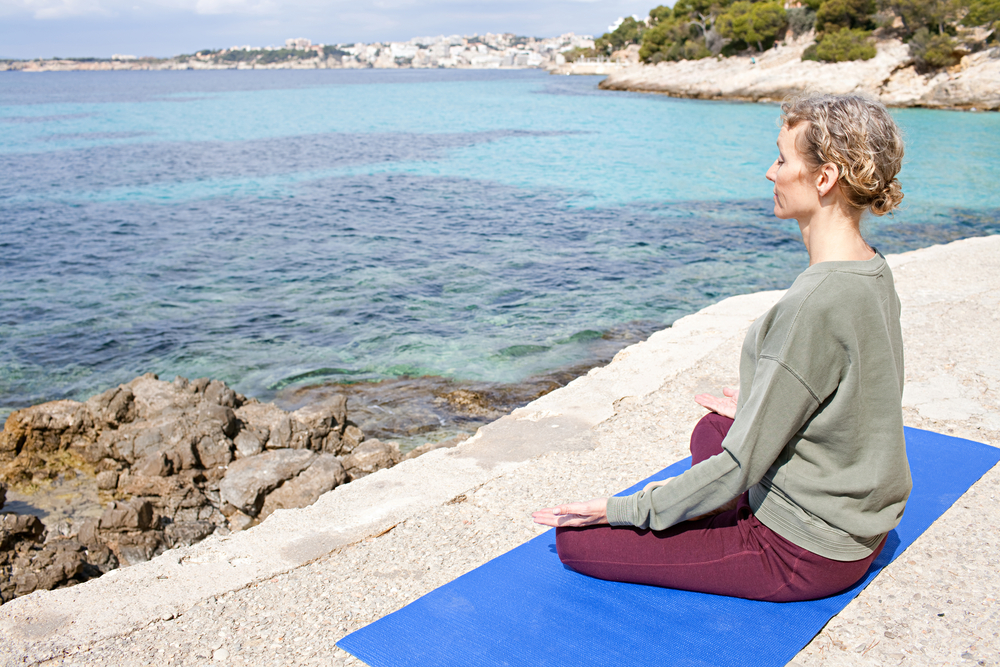
The first two standards speak to the fundamental and vital importance of the teacher’s personal practice:
There are innumerable ways the importance of these standards can be discussed. Here are a few:
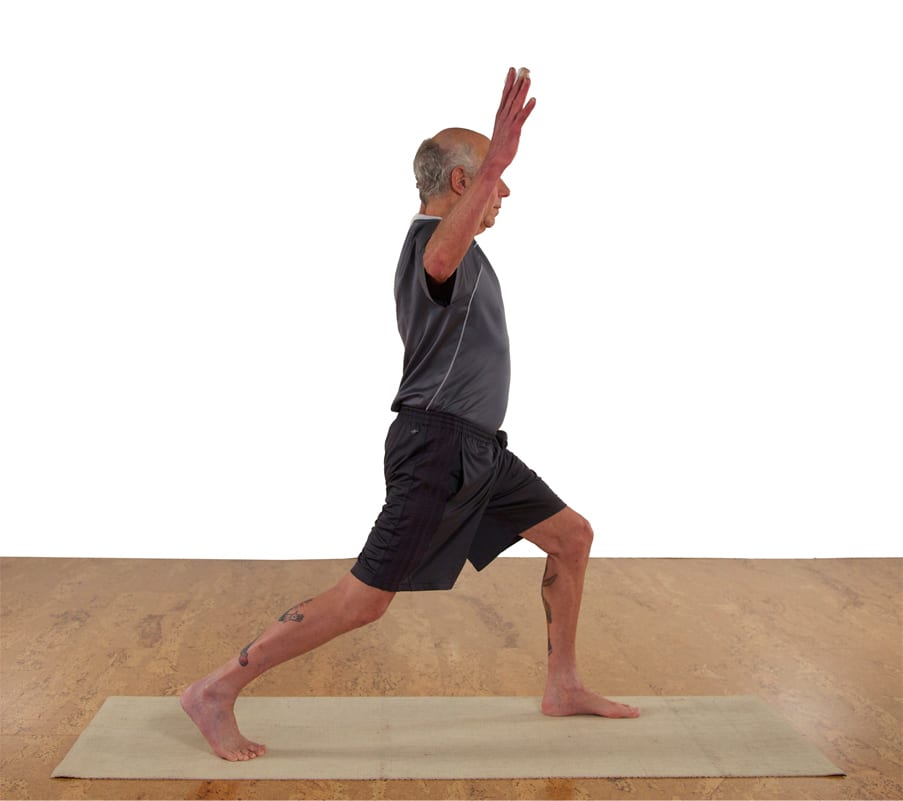
Standards 3 and 4 make it clear that asana is to be practiced in service of, and in conjunction with, the breath.
Some considerations include:
We offer a comprehensive and organized curriculum to support training, research and study on the subjects of the breath, breathing practices and pranayama. The curriculum is broken into these modules:
Part 1: Anatomy, Physiology & The Basics of Breathing
- Nervous System Overview
- Stress & Relaxation Response
- Why Yoga Works
- Respiratory Anatomy
- Respiratory Anatomy Part 2
- Intro to Breathing & Restricted Breathing
Part 2: Teaching Fundamentals
Part 3: Yoga Philosophy Underlying the Practice of Pranayama
Part 4: Teaching Traditional Pranayama Techniques
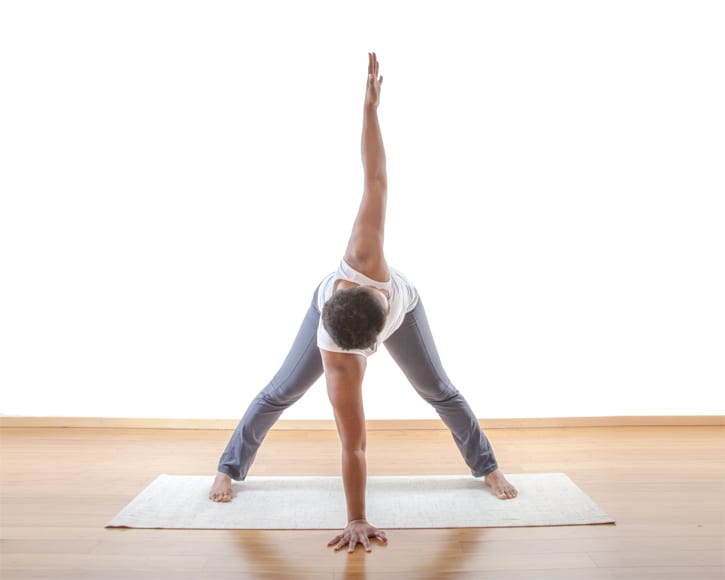
Standard 5 speaks to the importance of guiding students to subtle and easeful muscular engagement and release that promotes safe and well-aligned asana practice.
A few thoughts:

Standard 6 clearly explains that yoga practices must be adapted to the individual.
This standard is vital and clear: yoga is absolutely not to be taught as one-size-fits-all and must be adapted to the individual. This in itself explains why 200 hours of training could never be adequate for proper teaching. So if you’re teaching with only 200 hours of training, it is recommended that you search out quality training in adaptation for individual needs.
See the Teaching to Various Student Types Hub for lessons on teaching Beginners, Intermediate / Advanced Students, Seniors and Students with Larger Bodies
See the Safety & Adaptations Hub for individual lessons on how to safely accommodate students with:
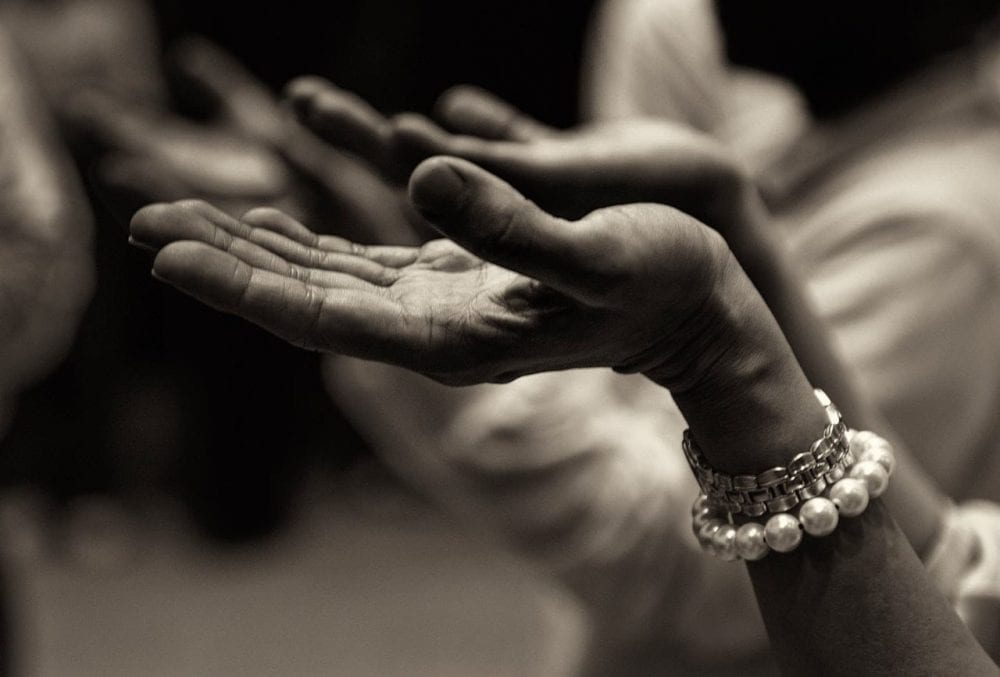
Standard 7 speaks to balancing the teaching of strength in asana with receptivity though breath practice, specifically advising that this is “the most essential empowerment and therapeutic means offered to students.”
While drive and persistence are key to progress, the whole point of disciplined practice is to awaken our dormant potentiality and receive the gifts of the Universe — to understand, feel and Be a higher version of ourselves. We can’t MAKE that happen. We have to OPEN to it and RECEIVE it.

Standards 8, 11 and 12 speak to the all-important teacher-student relationship as one of respect and equality.
I believe these vital standards speak for themselves.
The following lessons and resources in our member library support the contemplation, meeting, and teaching of these standards.

Standard 9 points out that touch is unnecessary and can be harmful.
Considerations include:
The following lessons and resources in our member library support the contemplation, meeting, and teaching of this standard.
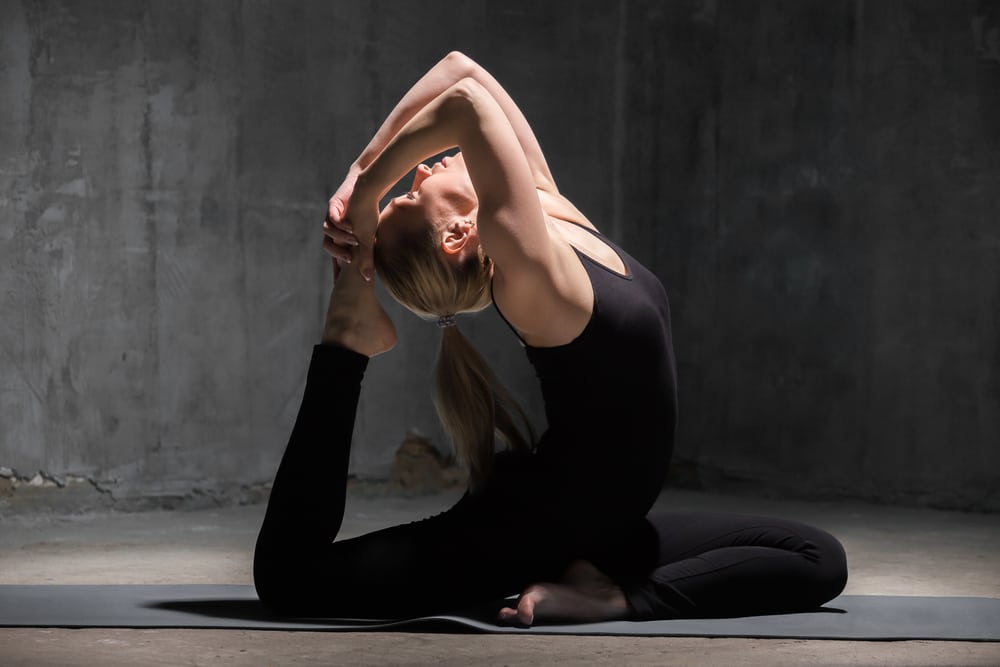
Standard 10 points to the fact that asana demonstrations can easily be perceived as a need to focus on and mimic an external form or otherwise cause a student to attempt to emulate a physical feat, which is distracting and contrary to healthy practice.
While this issue is prolific among teachers who have unchecked ego issues, this standard also reminds self-aware teachers to be mindful of how they can prevent misinterpretations of demonstrations and teachings.